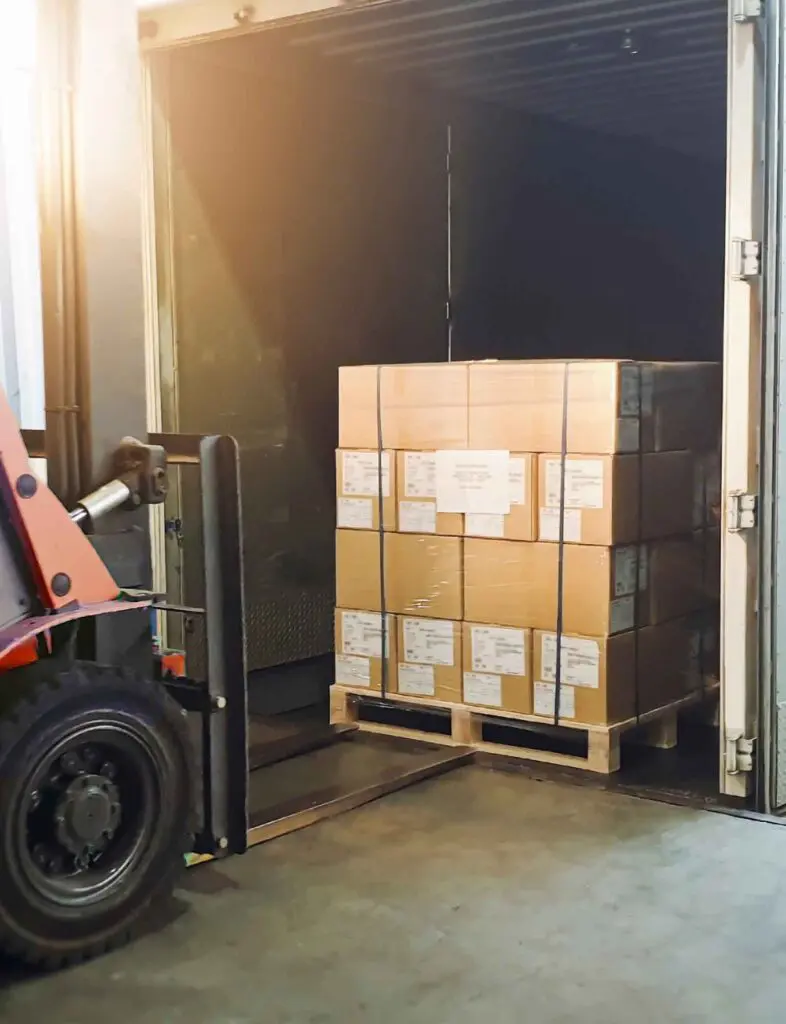Selling on Amazon is no longer just about putting your products online and hoping for the best. With millions of buyers, a robust search engine, and the most well-known brand in e-commerce, Amazon offers huge opportunities for brands. At the same time, many sellers struggle with the complexity of fulfilling orders, managing inventory, and handling customer service on their own. That’s where Fulfillment by Amazon (FBA) steps in to take the heavy lifting off your plate.
By using FBA, sellers can offload critical tasks to Amazon, while benefiting from the platform’s fast, reliable logistics network. For sellers, this can mean less time spent on operational details and more time focusing on growing their business. It also lets you tap into Amazon’s vast Prime membership and global customer base.
Learn how to sell on Amazon FBA by understanding the advantages, navigating the fees, and implementing strategies to increase profitability.
What is Fulfillment by Amazon?
Fulfillment by Amazon is a service offered through Amazon itself that allows sellers to store their products in Amazon’s fulfillment centers. Amazon then takes care of the storage, packing, shipping, and customer service on behalf of the seller. This can save sellers a considerable amount of time and effort, so they can dedicated more energy to higher-value tasks.
When you choose Amazon fulfillment strategies, you send your products to Amazon’s distribution centers. Once your products are stored in these centers, Amazon takes over the logistics. When a customer orders your product, Amazon picks, packs, and ships it to your customer. They also handle customer service, returns, and refunds for your products.
- Prime Eligibility: One of the biggest benefits of using FBA is the automatic eligibility for Amazon Prime. This can dramatically increase your visibility and sales, as millions of Prime members are more likely to purchase products with Prime shipping.
- Reduced Shipping & Handling Costs: With FBA, you take advantage of Amazon’s shipping infrastructure. This can often lead to lower shipping costs compared to handling fulfillment on your own.
- Time Savings: With Amazon managing the fulfillment process, you free up time that can be invested in growing your business, improving your marketing efforts, or developing new products.
- Scalability: As your business grows, FBA helps you scale without worrying about storage space or the complexities of packing and shipping. Amazon’s network of fulfillment centers can manage large volumes of orders, no matter how big your business gets.
As of 2023, 82% of Amazon sellers use Fulfillment by Amazon, and FBA is known to cost 70% less per unit than other US premium fulfillment services.1
FBA vs. FBM Comparison: Which One is Right for You?
When deciding how to fulfill your Amazon orders, it’s important to consider FBA vs. FBM (Fulfillment by Merchant). While FBA offers convenience, speed, and access to Amazon’s infrastructure, FBM gives you more control over the process. Then again, FBM often involves higher effort for packing and shipping and does not offer Prime eligibility.
- FBA: This is best for sellers who want to focus on growing their business while Amazon handles fulfillment. It’s great for brands selling high-volume products and looking to take advantage of Amazon Prime.
- FBM: This is more suitable for sellers with niche products or lower sales volumes who prefer to maintain full control over their inventory and fulfillment process.
Key Considerations for Amazon FBA Sellers
Understanding FBA Fees & Total Costs
FBA has a few associated fees you’ll want to think through before you join the FBA train. Amazon charges fees for storage, picking, packing, and shipping. The fees can vary by product, so you need to consider how these costs will impact your profit margins.
- Storage Fees: Amazon charges monthly storage fees for keeping products in their fulfillment centers. These fees can be higher for products stored during peak months, like Q4. Keep this in mind to prevent unnecessary costs and avoid overstocking items that are not selling fast enough.
- Fulfillment Fees: FBA charges fulfillment fees based on the size and weight of your products. These fees cover the picking, packing, and shipping process. Sellers must account for these fees in their pricing strategy to stay profitable.
Again, to maximize profitability, you’ll need to regularly assess and adjust product pricing based on these fees so that your costs align with the margins you want to hit.
Inventory Management Best Practices
Effective inventory management is crucial when using FBA. Poor inventory control can lead to overstocking (which increases storage fees) or understocking (which can result in stockouts and missed sales opportunities).
- Track Demand Trends: Use Amazon’s data tools to monitor sales trends and adjust your inventory accordingly. Predicting peak seasons and matching your stock levels with demand is how you’ll avoid the high storage costs during off-peak times.
- Use Replenishment Alerts: Set up automatic alerts in your Amazon Seller Central account to notify you when stock is running low. This helps you restock before running out of inventory, minimizing the risk of losing sales.
Read Amazon’s article on inventory management for more tips and best practices.2
How to Optimize FBA for Maximum Profitability
Now that you understand the basics of FBA, let’s explore some strategies to help you get the most out of the program and boost your profitability.
- Move Slow-Moving Inventory: If certain products are not selling as quickly as you expect, think about using Amazon’s FBA “Removal” option. This can help reduce storage fees by letting you send unsold stock back to you or dispose of it.
- Improve Product Listings: Enhance your product listings with high-quality images, compelling product descriptions, and relevant SEO keywords to improve visibility and drive sales. Better listings lead to faster sales, less time in storage, and fewer fees.
- Run Promotions: Consider running promotions or discounts to encourage quick sales for slow-moving items. Lightning deals or discounts on Amazon can attract more buyers and improve your inventory turnover rate.
- Optimize Shipping Plans: Amazon gives you the option to send inventory to multiple fulfillment centers. While this can increase shipping costs, it also speeds up delivery times to customers in different regions for greater sales potential.
- Leverage Amazon Advertising: Use Amazon’s advertising tools to promote your products. Sponsored Products and Sponsored Brands can strengthen your visibility on Amazon, driving more traffic to your listings.
- Utilize Amazon’s MCF: With Multi-Channel Fulfillment (MCF), you can use FBA to fulfill orders on other platforms like your own website or eBay. This flexibility can streamline your operations and ensure consistency across all sales channels.
Does FBA Fit Your Brand?
Fulfillment by Amazon (FBA) is a powerful tool for e-commerce sellers looking to streamline operations, boost visibility, and concentrate on growing their business. By understanding all of your options, being mindful of FBA fees, and implementing smart Amazon fulfillment strategies, sellers can maximize their potential on the platform. Throw careful inventory management and marketing into the mix, and FBA can offer you the flexibility and scalability you need to succeed in today’s competitive marketplace.
To learn more about how these strategies can work for you, get in touch with Amplifyy. Our specialists know Amazon inside and out and can provide you with a more comprehensive Amazon FBA guide for optimal outcomes.
Sources:
1. 65 Amazon Seller Statistics You Must Know for 2025, AdNabu





